Guest writer: Anna Nilsson Spets
Where East meets West is the best way to describe Sarajevo, my absolute favourite city in Europe.
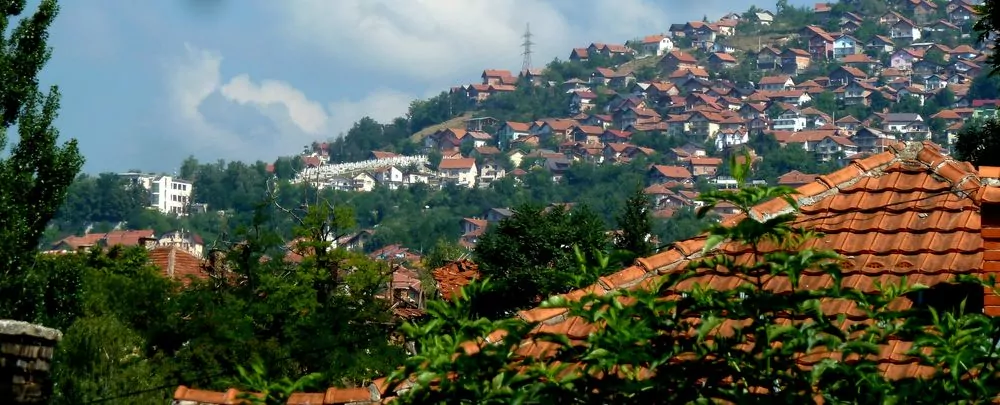
I switch from Swedish/Flemish to my formerly almost fluent Bosnian, search for words in my brain and slowly the language comes back. During the conflict in the Balkans I worked with refugees from here, made a couple of trips to a refugee camp in Croatia and well... I learnt the language. The first thing I learnt was how to swear and Bosnian swear words can make even the most jaded person blush.

Remember the pictures from the sniper's alley? Almost 30 years ago? Today, traffic and trams are running as usual. Take a taxi from the airport and meet up with daughter Emma.
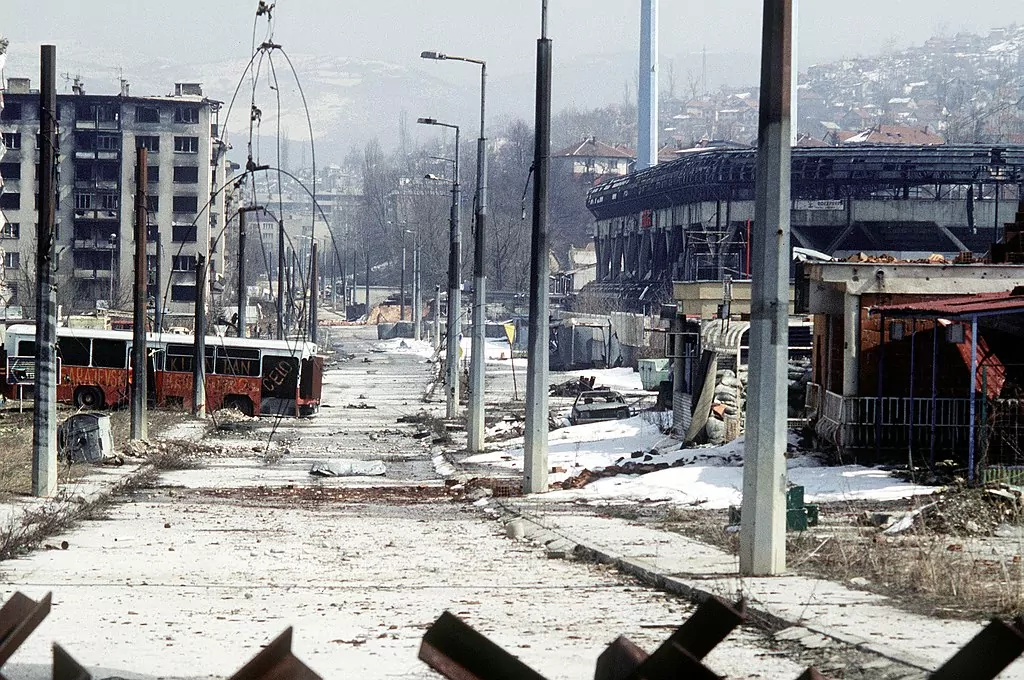

Throw my bag in the Hotel Lula in the old town, go to the first café for a Turkish coffee and a sugar-crunching baklava. Here I am at home. My beloved Bosnia.

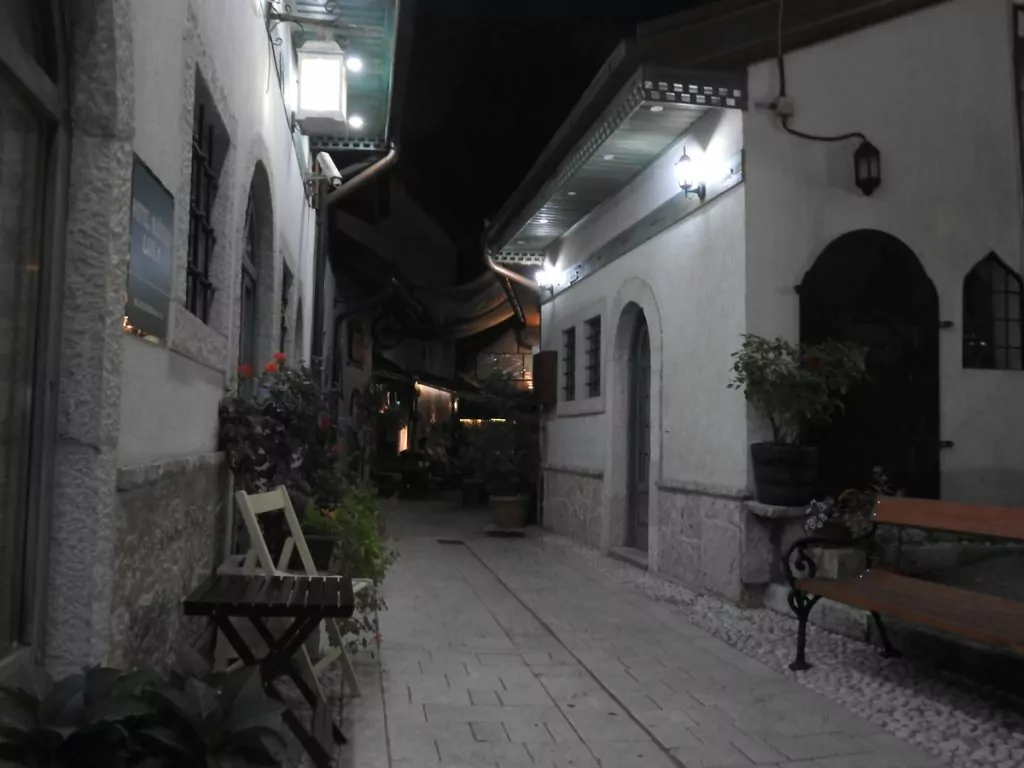
In Sarajevo, there are still reminders of what happened in the 90s, in every neighbourhood, on every street you can see the traces.

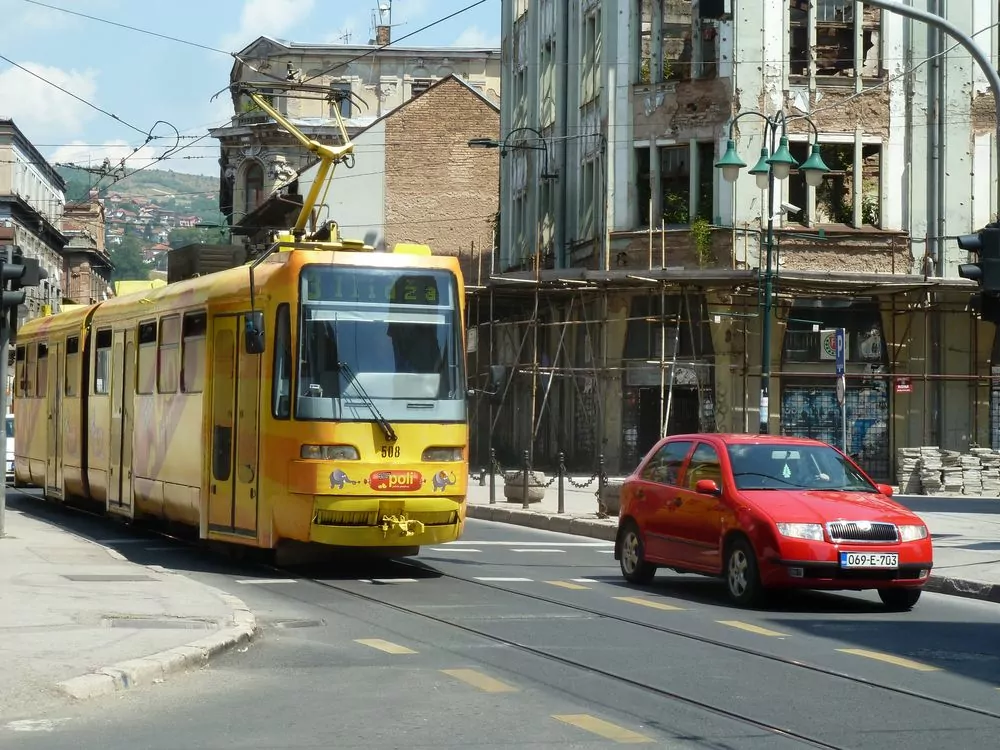
Do we need to be reminded? Yes, we do. We need to fight against this happening again.
During 1992-1995 the city was surrounded, the siege lasted around 1000 days and one of the few ways to get in or out was via the Tunnel Spasa; the Tunnel of Hope. In Ilidza, near the airport is the tunnel that took 6 months to dig by hand. It is 800 metres long and was used to bring in and out supplies, people and weapons. Today it is a museum.
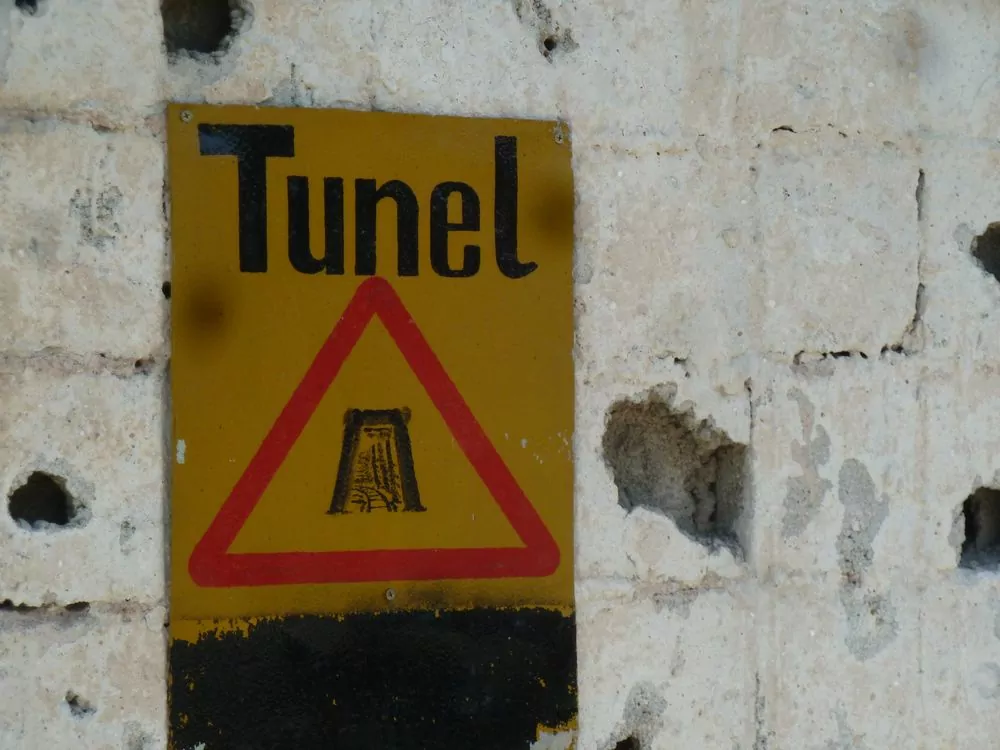


Baščaršija, the bazaar dating back to the 16th century, is bustling with life, the stalls selling knick-knacks and crafts are frequented by tourists and Bosnians on summer visits. The cafés offer rest for tired feet, more coffee and a zip in the hookah.



In the Gazi Husrev-Begova Mosque, people gather for one of the day's prayer sessions, washing first. The mosque dates from the 17th century and is one of the few buildings that, thanks to its thick stone walls, withstood more than a thousand shells.
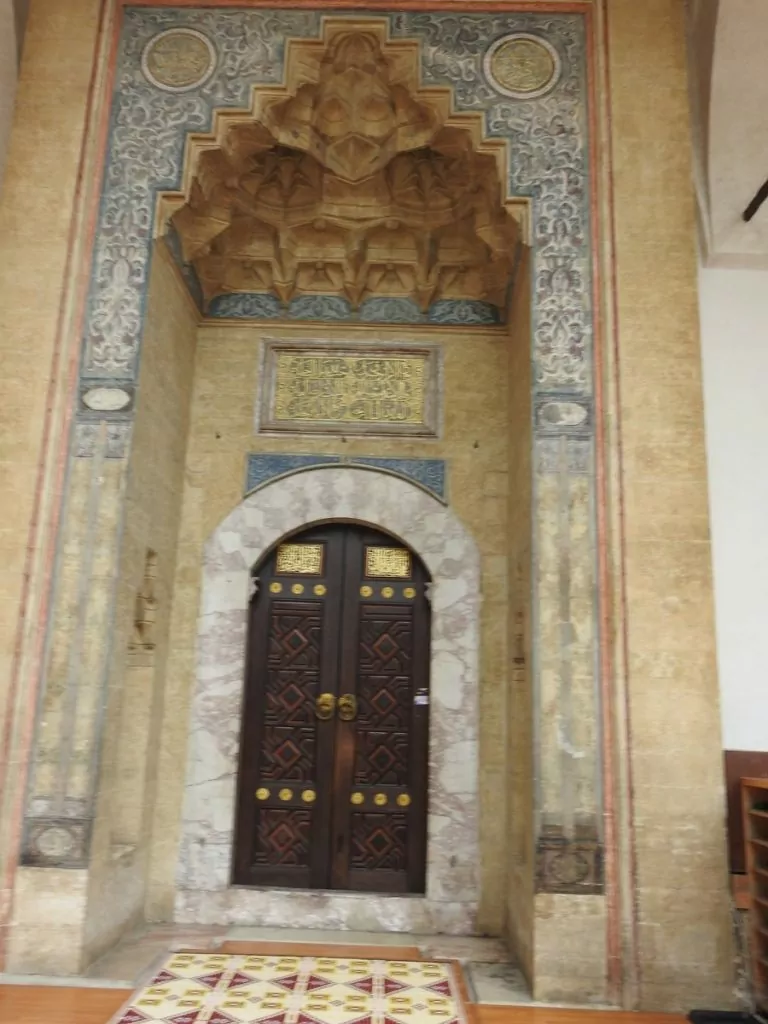


The most photographed object is probably Sebilj, the water fountain in the centre of the old town. They say that if you drink the water you will return here one day, I don't need to drink, I return here again and again.


I see the same old angry man as last time, the one who has a monopoly on selling bird seed to feed the pigeons. They say it's good luck.



Sarajevo's taps are a familiar concept, water stations that have been around for ages.

Eating... Everything from pizza to fancy restaurants, but in Sarajevo at least once cevapcici is a must, served simply with bread, onions, maybe some ajvar or kajmak.

The Miljacka flows through the city. Sarajevo has many bridges, some completely destroyed during the war, others restored. The most famous is the Latin Bridge where Franz Ferdinand was assassinated which led to the start of the First World War.

The Vrbanja Bridge aka Olga and Suada Bridge aka Romeo and Juliet Bridge tells a contemporary story. Students Olga and Suada were shot dead here after participating in an initially peaceful demonstration in 1992. The following year, lovers Bosko and Admira fell victim to sniper bullets. Bosko was Bosnian Serb and Admira Bosniak. Their bodies were left for several days as no one dared to pick them up.

Traces of the war remain, buildings have fallen into disrepair and the facades are scarred by shells.

Sarajevo's roses mark the place where shells killed 11,541 people in total.

Above the old town are the cemeteries, with a guard of honour standing at attention 24 hours a day.


One afternoon we take the cable car up to Trebevice, where the Winter Olympics were organised in 1984. It's raining cats and dogs and the fog is covering everything.

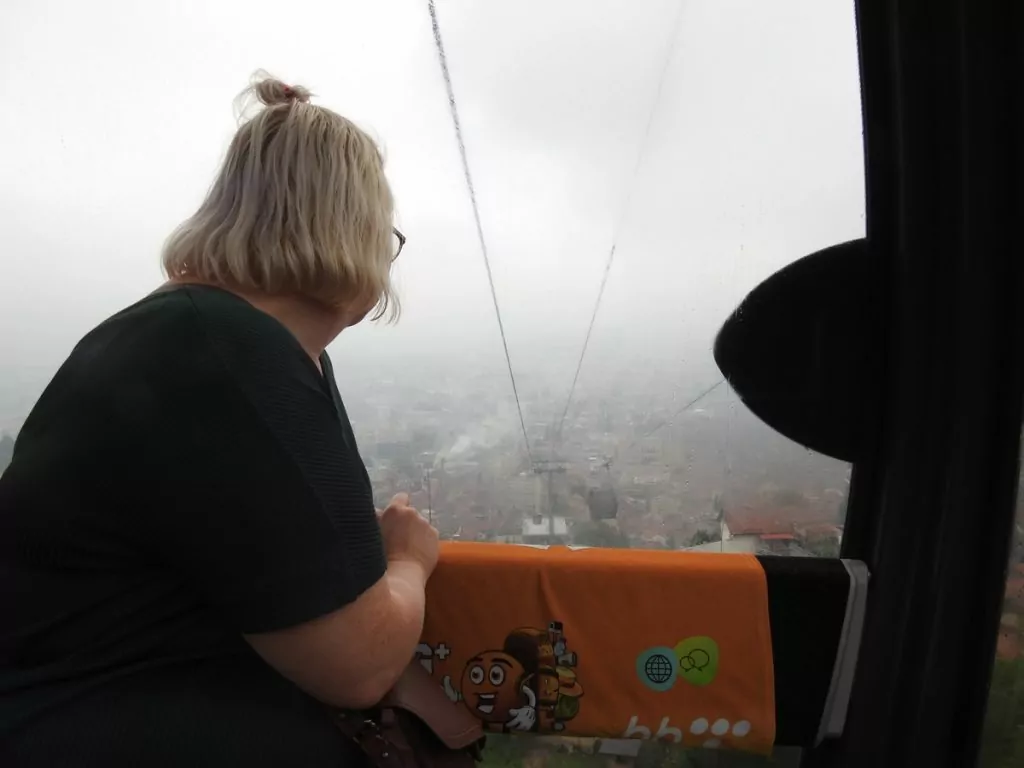
Although much is now war-related, there are plenty of other things to see. Museums, churches, synagogues, historical sites and galleries - my favourites are many.
Historical Museum has a permanent exhibition on surviving the siege: "Mali ratni kuhar" (Little War Cookbook); "Prezivjeti od humanitarne pomoci" (Surviving on Humanitarian Aid).


War childhood museum shows pictures, memorabilia and letters. It is touching.


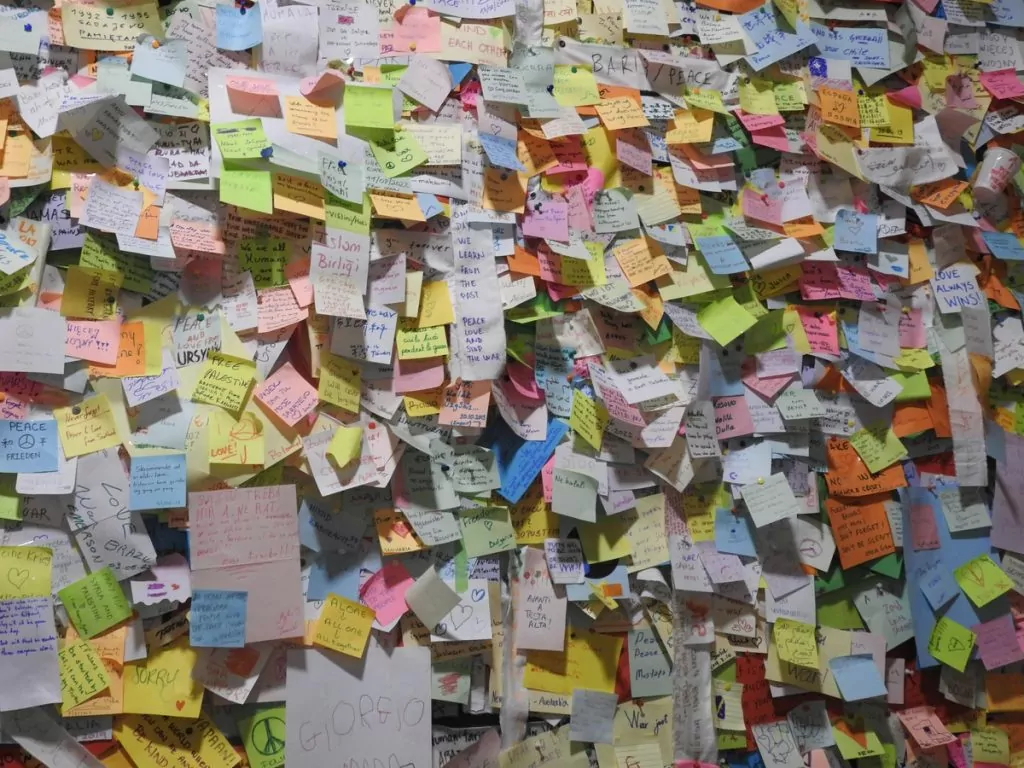
Warm Museum also contains stories and items from the war years. The statue is made of bread and symbolises the bread queue massacres of 94 and 95 when people queuing for bread were killed.
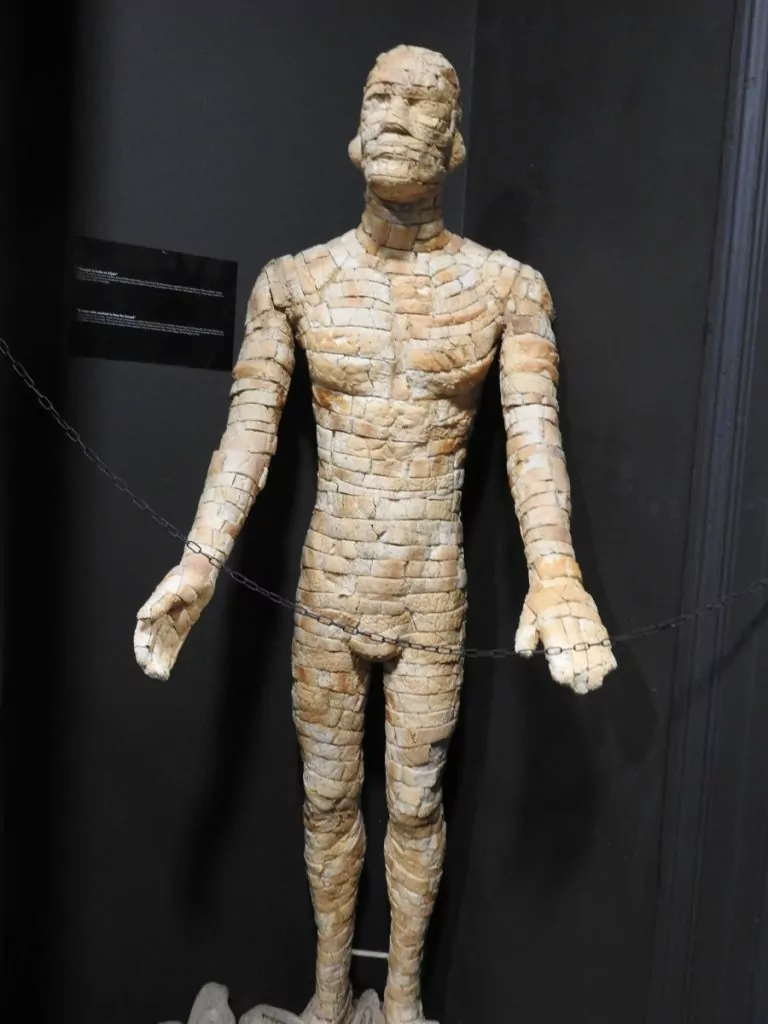

Gallery 11/07/95 is a photo exhibition on Srebrenica, it is moving.


Sarajevo, the city of my heart has it all; the friendly Bosniaks, the good food, the COFFEE and lots to see and do.
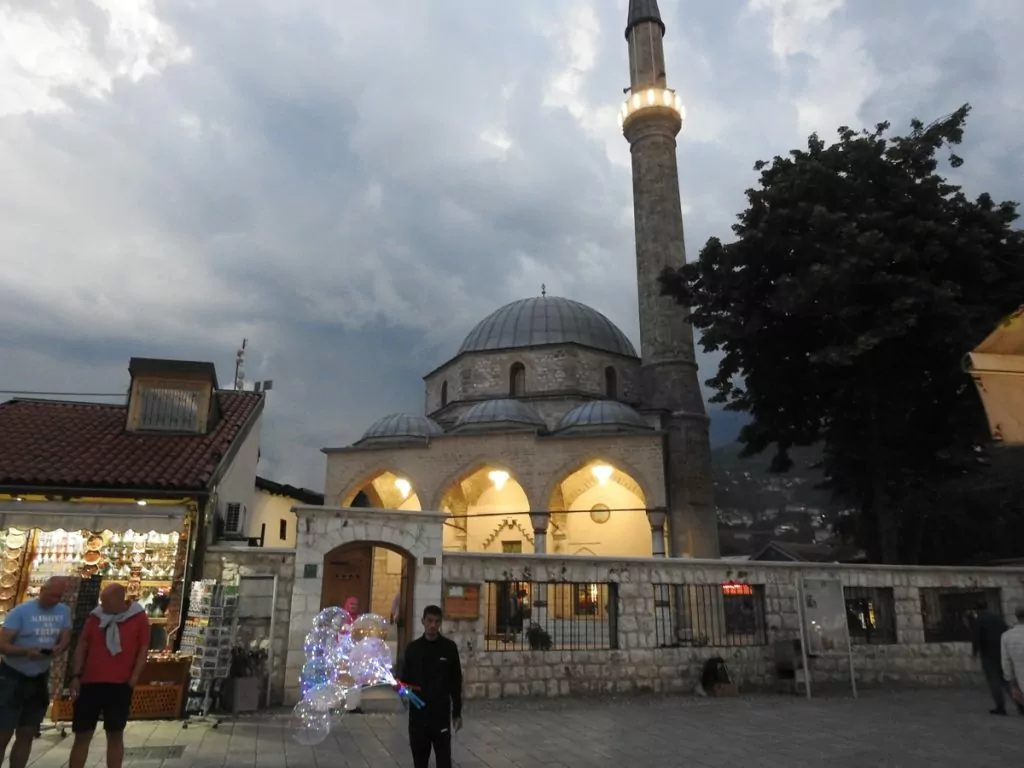
Good to know about Sarajevo
- Practical: Getting around Sarajevo is easy, by tram, bus and on foot.
- Accommodation: All price ranges and cheap.
WORTH READING
- The cello from Sarajevo / Steven Galloway
- Sarajevo; memories of a siege / Jasenko Selimovic
- The sad arrows / Gustav Rydergård
- The Stop Sweden trilogy / Anna Nilsson Spets

And yes, they are my own books, based on my refugee work, suitable for young adults/adults.
- I, Almina
- Sarajevo 1000 days
- Tears of the angels










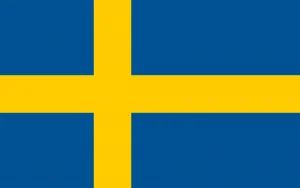

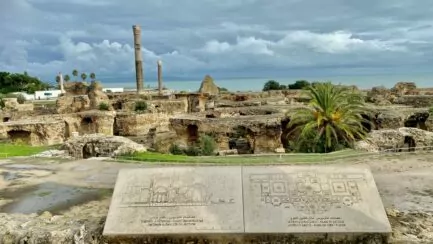
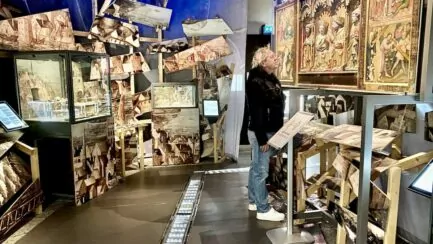


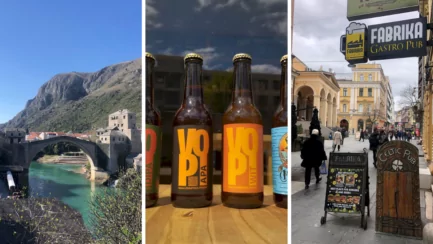



Jonathan GDM says:
Sarajevo is really nice! A reasonably large city and in addition to history there is also good beer and nice people. Will probably be a return visit.
06 April 2023 - 15:35
Anna Nilsson Spets says:
I understand that you are a beer lover, I guess you have been x times in Belgium where I now live since 14 years.... Here there is beer ! Sarajevo is great
07 April 2023 - 6:19
BP says:
So it's not just Africa that you love. It was quite unexpected to read your interesting post - this time from Sarajevo. Yes, but don't remember the war there and especially Srebrenica and Mostar.
Your first pictures are reminiscent of the current situation in Ukraine. The traces of such wars will probably never disappear completely, which is just as well. As a reminder and hope that it will never happen again. Yes, and now it has happened again, but not with the same "pretence" as in the former Yugoslavia...
06 April 2023 - 20:43
Anna Nilsson Spets says:
Yes, I have some favourites, Bosnia is one of them. And as you say, the wars in Ukraine and Bosnia have completely different agendas, but both are equally disgusting as the people of these countries are really suffering. Happy Easter.
07 April 2023 - 6:22
Yossu says:
Sarajevo seems so cosy. I've only visited Mostar so far but Sarajevo is high on my list, and I'm sure I'll fall in love with the city.
07 April 2023 - 19:20
Lena - good for the soul says:
Poignant and interesting reading. So important to remember. My visit to Berlin a few years ago was very poignant too. Traces of these evil events everywhere. And still today we have this in our neighbourhood. I am fascinated by what it is that makes people so evil. How much hatred they must harbour.
I was in Croatia with my former sister-in-law (born and raised there) just as the war in the former Yugoslavia broke out. Her brother-in-law was away fighting, I remember. I was only 25 myself and probably couldn't take it all in. I liked Croatia a lot and would probably like Bosnia a lot too.
Hug Lena
10 April 2023 - 8:50